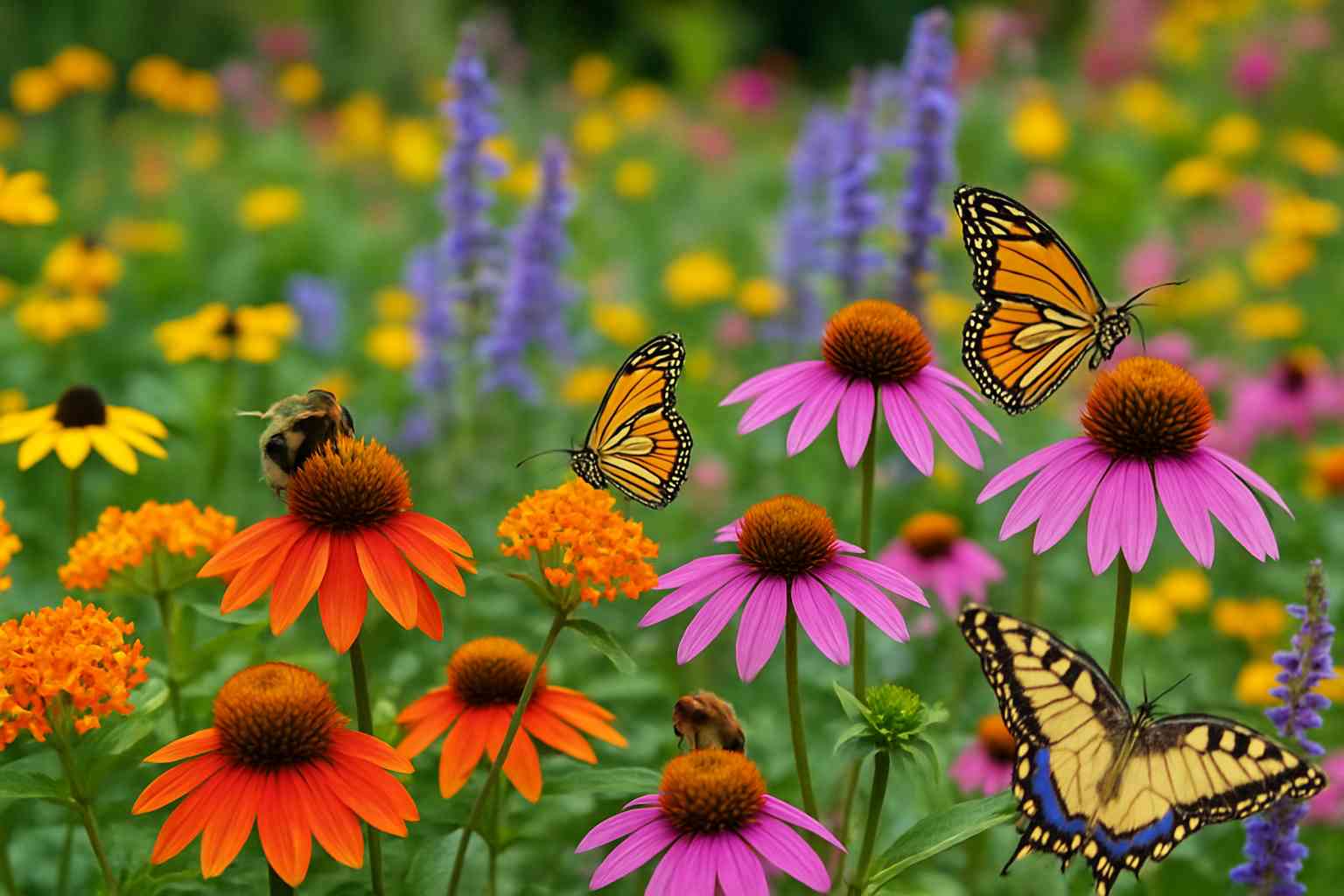Gardens bursting with color and life are more than a delight to the eyes; they’re vital sanctuaries for pollinators whose populations are under threat. Bees and butterflies play a crucial role in our ecosystems, ensuring the reproduction of many plants, including those that produce food for humans. Designing a garden to support these important creatures isn’t just an act of beauty but one of conservation. Let’s explore practical, evidence-based ways to transform any garden into a thriving haven for bees and butterflies.
1. Plant Native Flowers
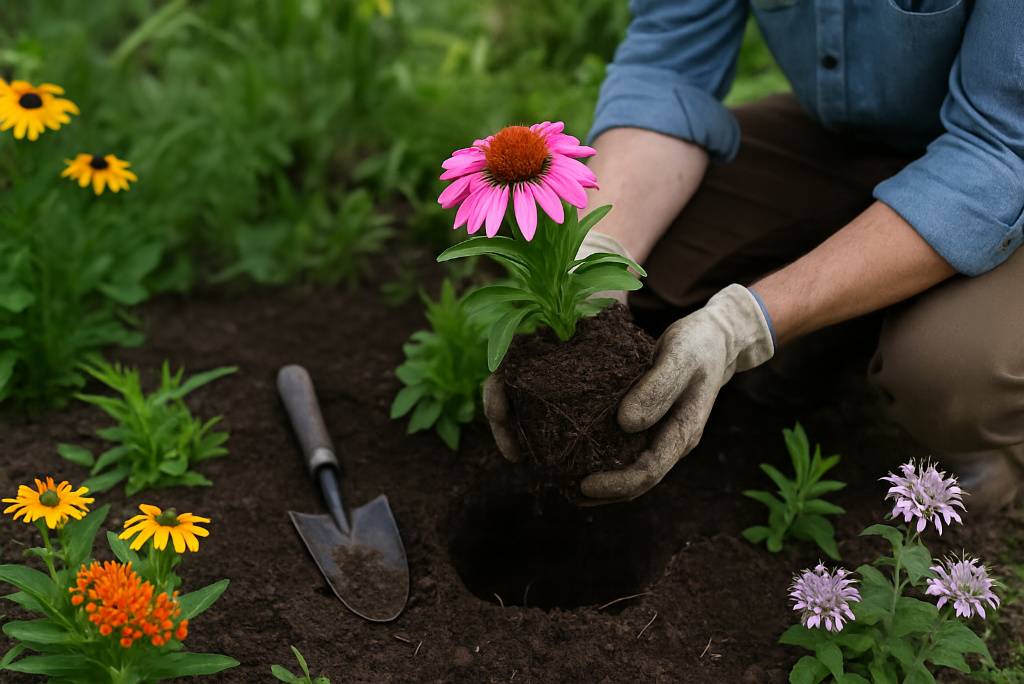
Native plants have evolved alongside local bees and butterflies, offering the ideal nectar, pollen, and habitat they require. Unlike many exotic species, natives are often more resistant to local pests and diseases, reducing the need for chemical treatments that can harm pollinators. For instance, Purple Coneflower (Echinacea purpurea) is a magnet for both bees and butterflies across much of North America.
Research shows native plants support significantly more species of native bees than non-natives National Wildlife Federation. When choosing native plants, consult regional guides or local extension services to select varieties tailored to your climate and soil. Incorporating a diversity of native species ensures a sequence of blooms from early spring through fall, offering consistent food sources throughout the season.
2. Choose Single-Petal Varieties

Double-petal flowers may look lush and romantic, but many hide their nectar and pollen under layers of petals, making them inaccessible to pollinators. Single-petal blooms, on the other hand, provide an open structure that allows bees and butterflies to reach the vital resources they seek. For example, single-flower marigolds and cosmos are excellent choices, offering accessible nectar while brightening garden beds.
Research from the Royal Horticultural Society confirms that single-petal varieties attract more insects than doubles RHS. When planning your garden, read plant labels or seed packets carefully, and opt for single-petal varieties whenever possible. It’s a simple adjustment with significant benefits for local pollinator populations.
3. Create Bloom Succession
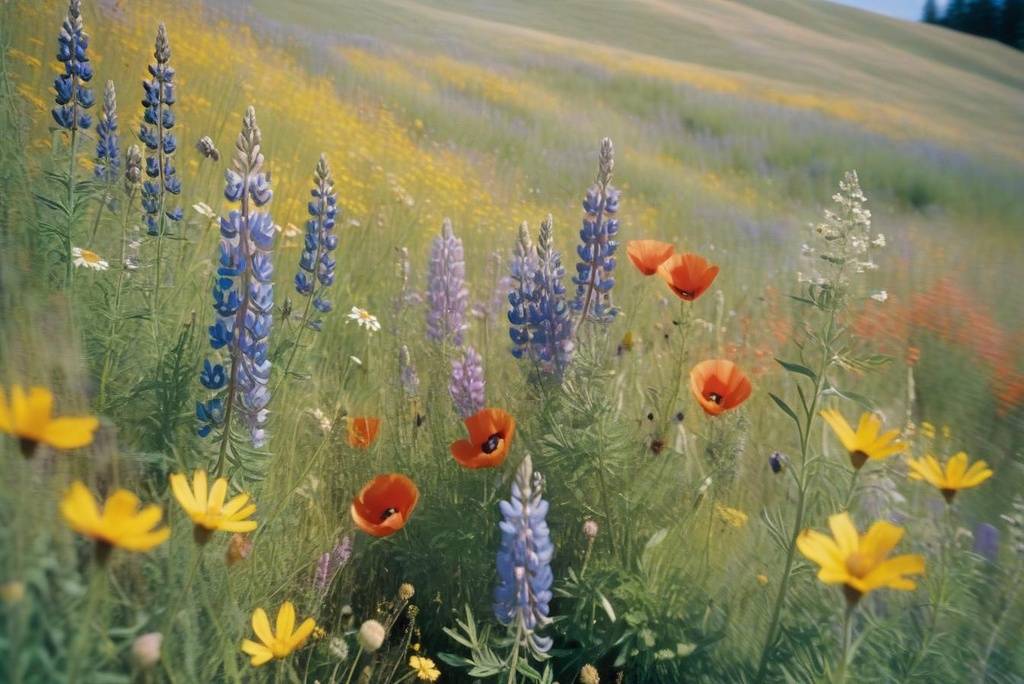
A pollinator-friendly garden must provide nectar and pollen throughout the growing season. That’s why planting for bloom succession is essential. Begin with early-spring bloomers like crocuses and lungwort, which support bees emerging from winter dormancy. Follow with summer stalwarts such as bee balm and milkweed, and finish with autumn flowers like goldenrod and asters, which provide critical late-season nourishment.
Studies emphasize that diverse, season-long floral resources are vital for sustaining healthy bee communities USDA Forest Service. Sketch a bloom calendar to help visualize gaps in flowering times, and aim for overlapping bloom periods. This ensures that bees and butterflies find food no matter when they visit your garden.
4. Plant in Clumps, Not Singles
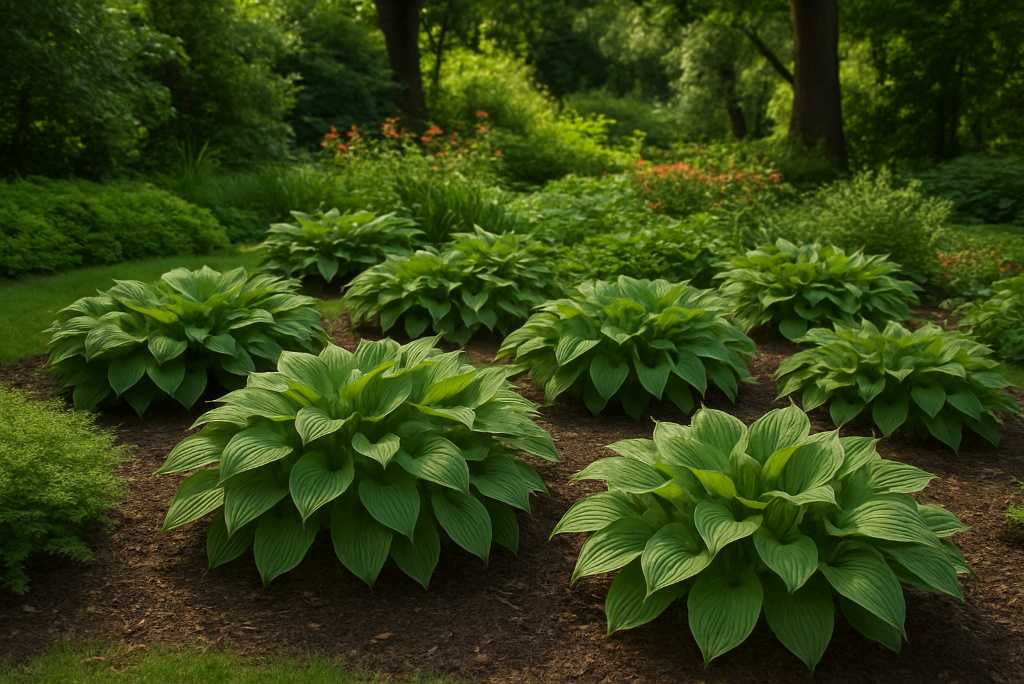
Planting flowers in sizable clumps rather than scattered individuals makes them more visible and accessible to pollinators. Bees and butterflies are more likely to notice and visit dense patches of the same species, conserving their energy by foraging efficiently. The Xerces Society recommends grouping plants in patches at least three feet wide Xerces Society.
For instance, instead of planting one lavender plant here and there, create a lavender bed. Not only does this attract more pollinators, but it also makes a more dramatic aesthetic statement in the garden. Clump planting also facilitates better cross-pollination, essential for many flowering species.
5. Include Host Plants for Caterpillars

Butterflies need more than nectar sources—they require host plants where they can lay eggs, and where caterpillars can feed. Monarch butterflies famously rely on milkweed species, while Black Swallowtail caterpillars love parsley, fennel, and dill. Without these larval host plants, butterflies cannot complete their life cycle.
The National Wildlife Federation underscores the importance of host plants to butterfly conservation NWF. Planting host plants may result in nibbled leaves, but that’s a sign your garden is thriving with life. Dedicate sections of your garden to these plants to encourage butterfly populations to settle and breed.
6. Offer Water Sources
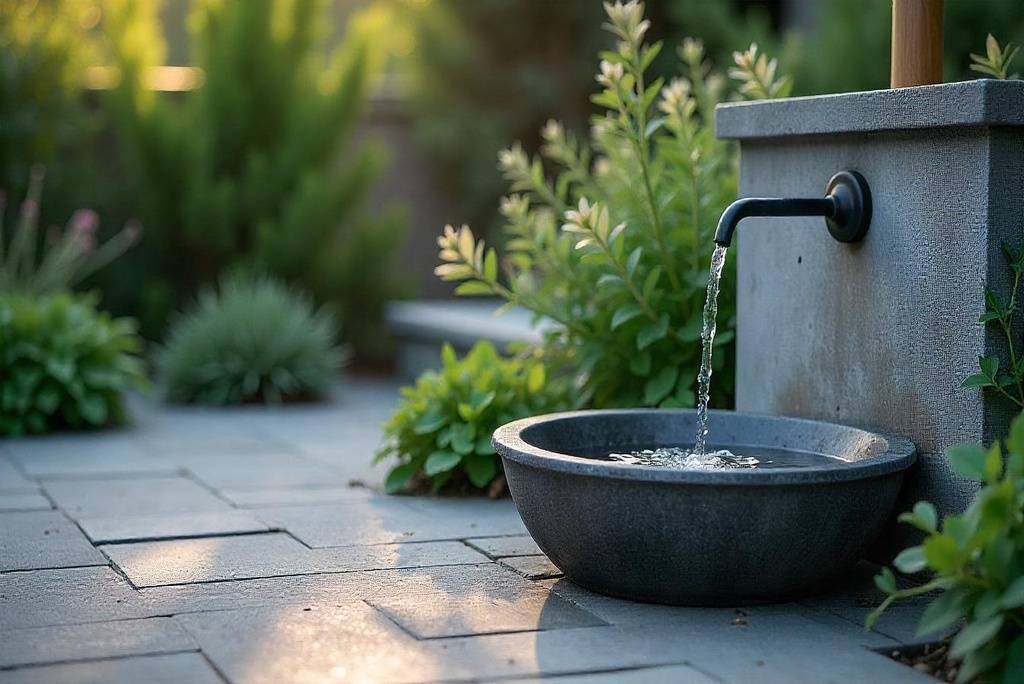
Pollinators need water, especially during hot, dry spells. A shallow water source with landing spots can be a lifesaver. Bees, for example, often collect water not only for drinking but for cooling their hives. Butterflies engage in “puddling,” seeking out damp soil to extract minerals.
You can create a safe water source with a shallow dish filled with pebbles and water, ensuring insects won’t drown. Missouri Botanical Garden recommends these easy DIY puddling stations. Refresh water frequently to prevent mosquitoes. Providing water is one of the simplest ways to help pollinators thrive in your garden.
7. Avoid Pesticides
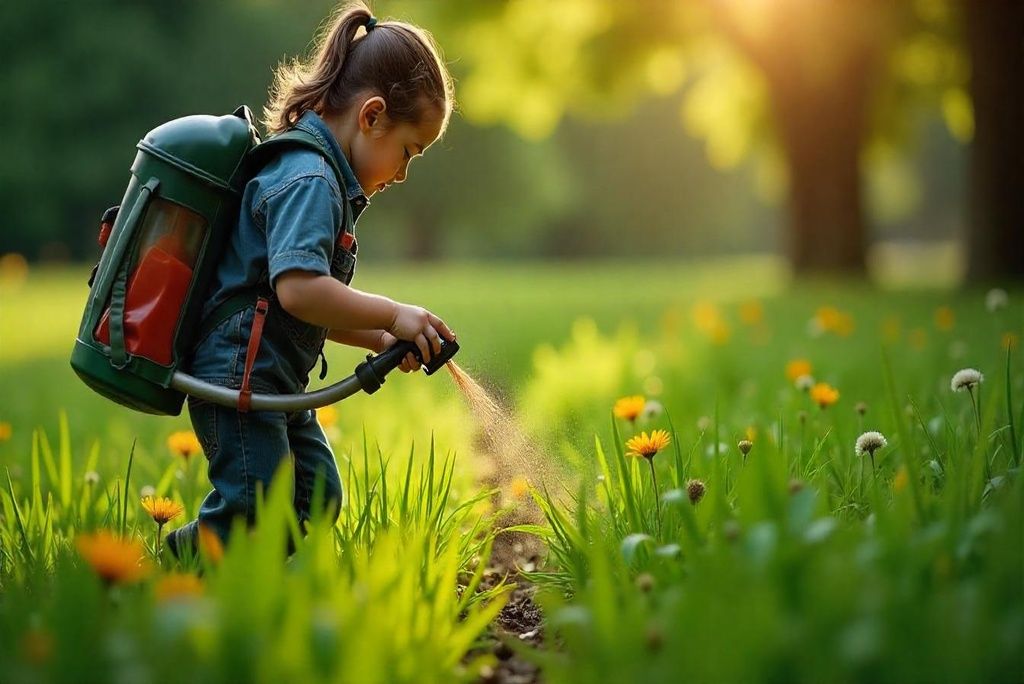
Pesticides—including insecticides, fungicides, and herbicides—pose serious risks to pollinators. Many chemicals harm bees and butterflies directly or contaminate nectar and pollen. Systemic insecticides like neonicotinoids are particularly dangerous, persisting in plants and soil for years. A landmark study published in Science found neonicotinoids reduce bee survival and reproduction rates Science Journal.
To protect pollinators, embrace organic gardening practices or integrated pest management. Tolerating some insect damage, hand-picking pests, and encouraging natural predators like ladybugs. If treatment is absolutely necessary, apply products at dusk when pollinators are less active, and never to blooming plants. Prioritizing pollinator safety is fundamental to a sustainable garden.
8. Provide Shelter and Nesting Sites
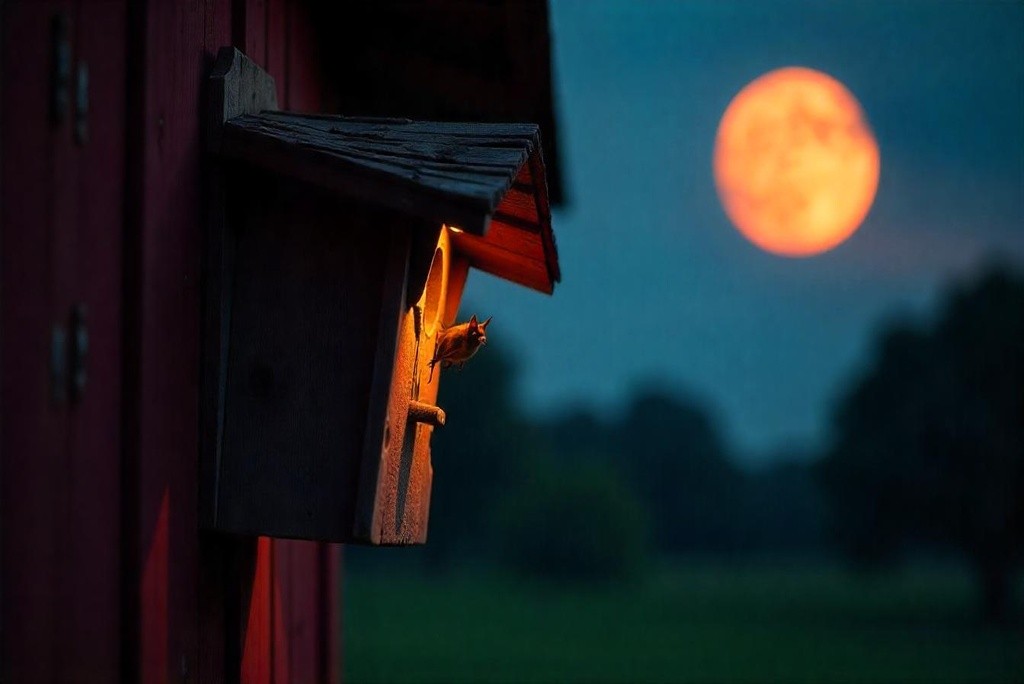
Pollinators need safe spaces for shelter and reproduction. Many native bees nest in bare soil, hollow stems, or wood cavities. Leave patches of bare ground free of mulch for ground-nesting bees, and allow some spent plant stems to remain over winter for stem-nesting species. Similarly, butterflies often overwinter as chrysalides in leaf litter or shrubs.
The Xerces Society offers guidance on creating pollinator nesting habitat Xerces Society. Bee hotels can also support solitary bees but require maintenance to prevent disease buildup. Incorporating natural, undisturbed areas in your garden provides essential refuge for pollinators year-round.
9. Use a Variety of Flower Shapes
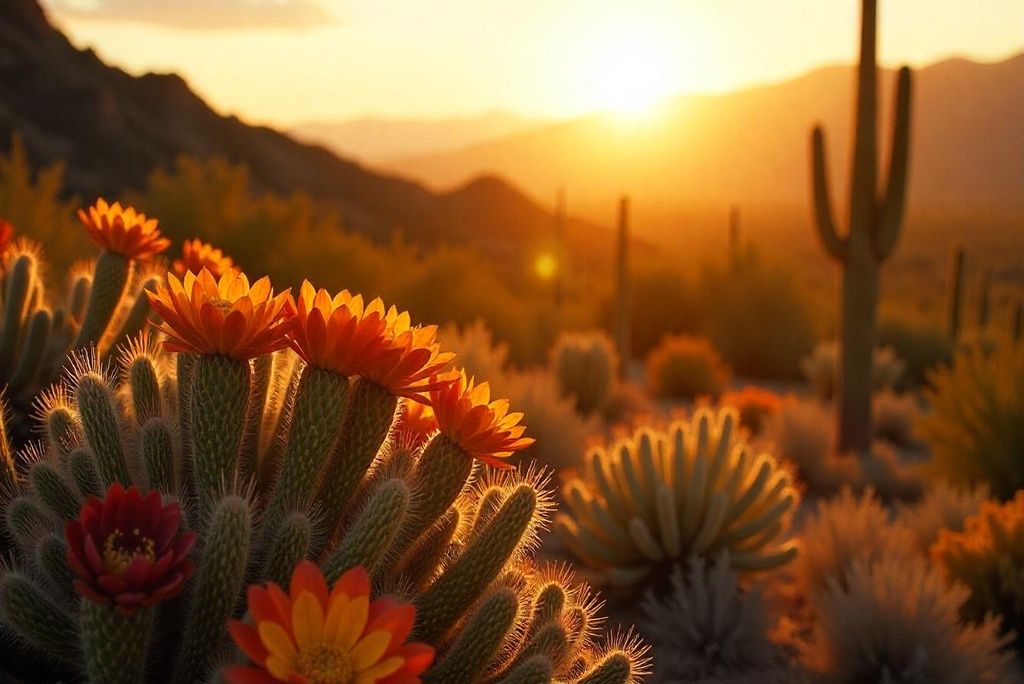
Different pollinators prefer different flower shapes. Butterflies favor flat-topped flowers like yarrow or zinnias, which serve as convenient landing pads. Bees, depending on their tongue length, may favor tubular blossoms like foxglove or open-faced flowers like daisies. A diverse garden featuring a mix of flower shapes ensures all pollinators find suitable feeding stations.
The Royal Horticultural Society advises gardeners to include multiple flower forms to attract varied insect visitors, RHS. This diversity not only increases the garden’s aesthetic appeal but also boosts the range of beneficial species you’ll attract.
10. Choose a Spectrum of Colors
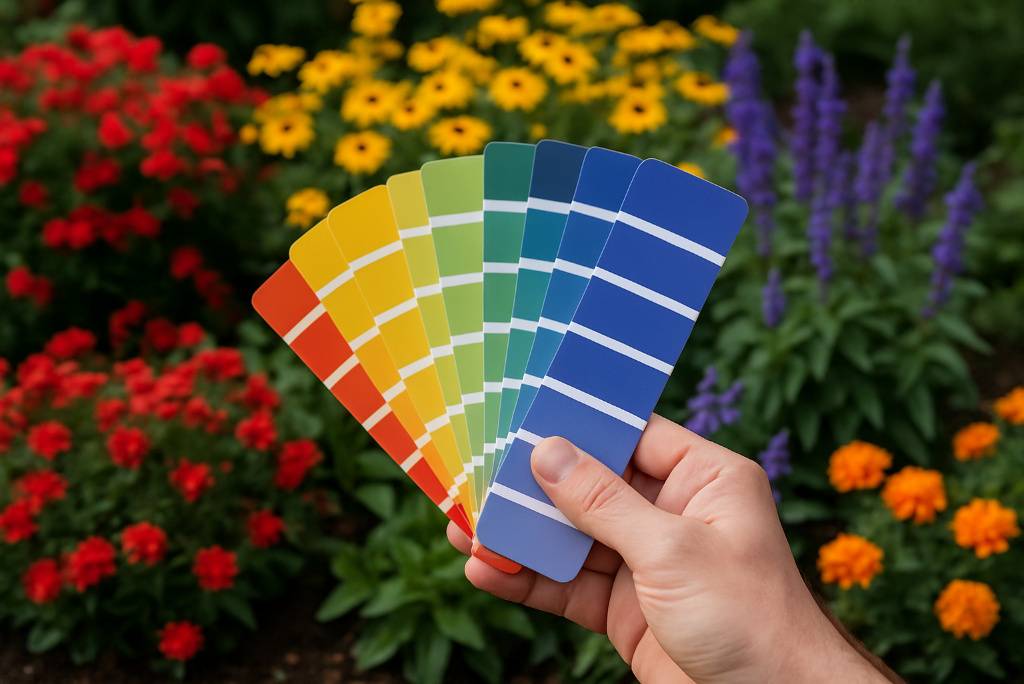
Bees and butterflies are highly visual creatures, and different colors appeal to different species. Bees tend to prefer blue, purple, and white flowers, while butterflies are often drawn to bright reds, oranges, and yellows. Mixing colors increases the likelihood of attracting a wide range of pollinators.
For instance, planting blue salvia alongside orange milkweed creates an irresistible combination for both bees and monarchs. Smithsonian Gardens discusses how color choices influence pollinator visitation. Designing with color diversity ensures your garden pulses with life and beauty all season long.
11. Plant Herbs and Edibles
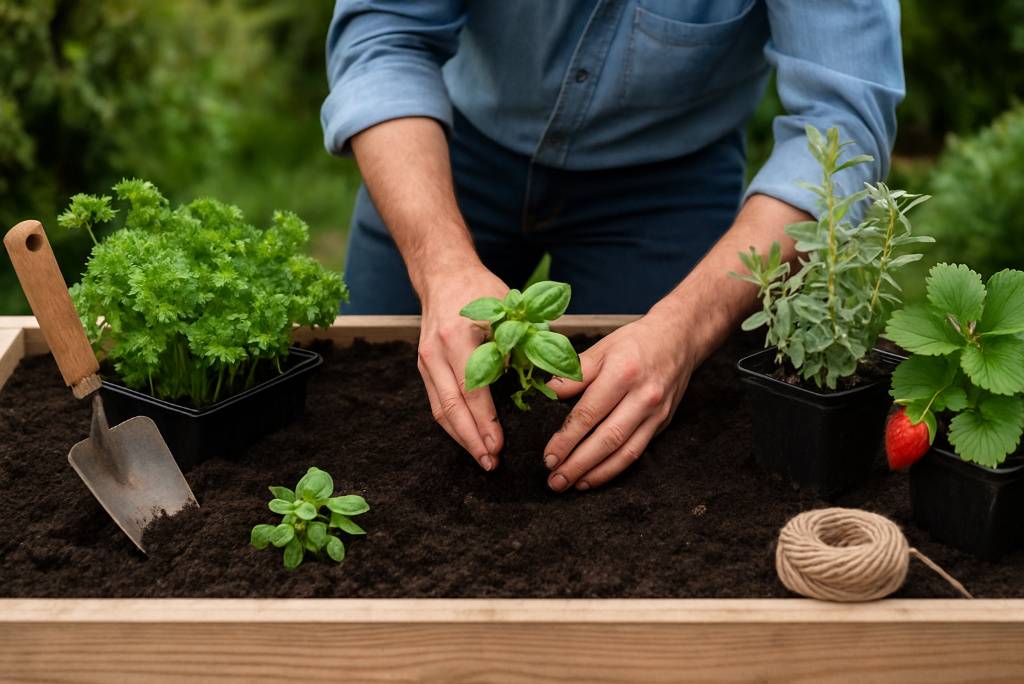
Herbs aren’t just for the kitchen—they’re excellent pollinator plants. Flowering herbs like thyme, oregano, basil, and chives attract bees and butterflies with abundant nectar. Letting herbs bolt (flower) rather than constantly harvesting keeps pollinators coming. Even vegetable crops like squash offer large blossoms rich in pollen and nectar.
The University of California Extension highlights herbs as pollinator powerhouses UCANR. Edible gardens can thus pull double duty: feeding your household and sustaining local pollinators. Plant herbs along borders or in containers to combine culinary and ecological benefits.
12. Leave Some Wild Areas
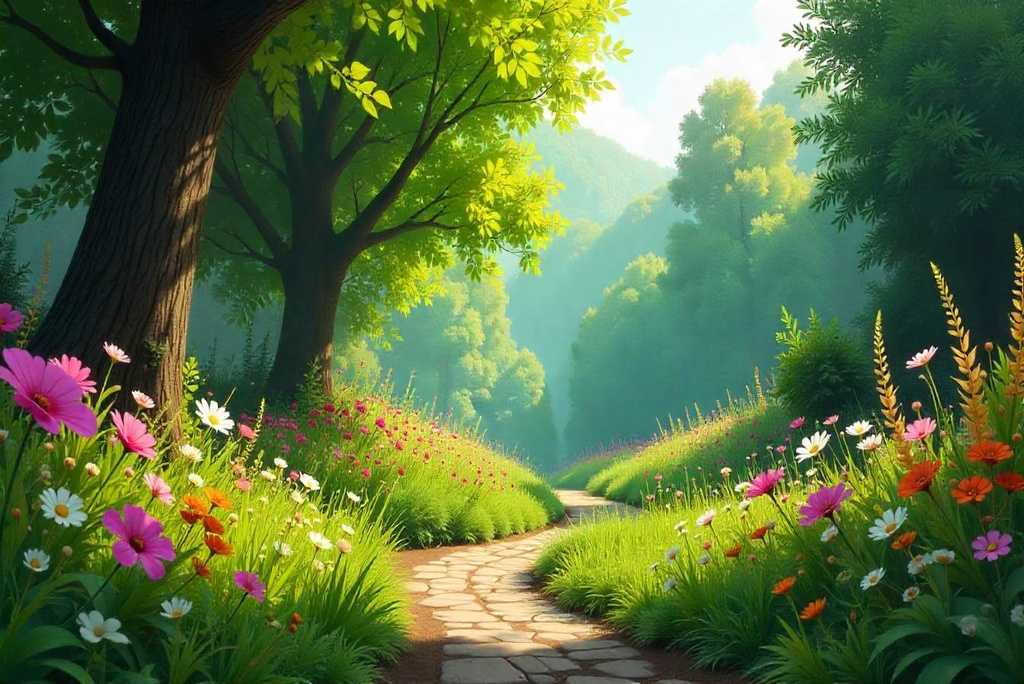
A meticulously manicured garden may look tidy, but often offers little for wildlife. Leaving parts of your garden a bit wild—unmown grass, leaf litter, or brush piles—creates crucial habitats for insects, including pollinators. For instance, butterflies overwinter as chrysalises in debris, and many solitary bees nest in undisturbed soil.
The National Wildlife Federation stresses the importance of leaving some “messy” spaces for wildlife health NWF. These areas may seem chaotic, but are lifelines for pollinators seeking shelter or breeding sites. Designate a garden corner to remain natural and watch biodiversity blossom.
13. Limit Lawn Space
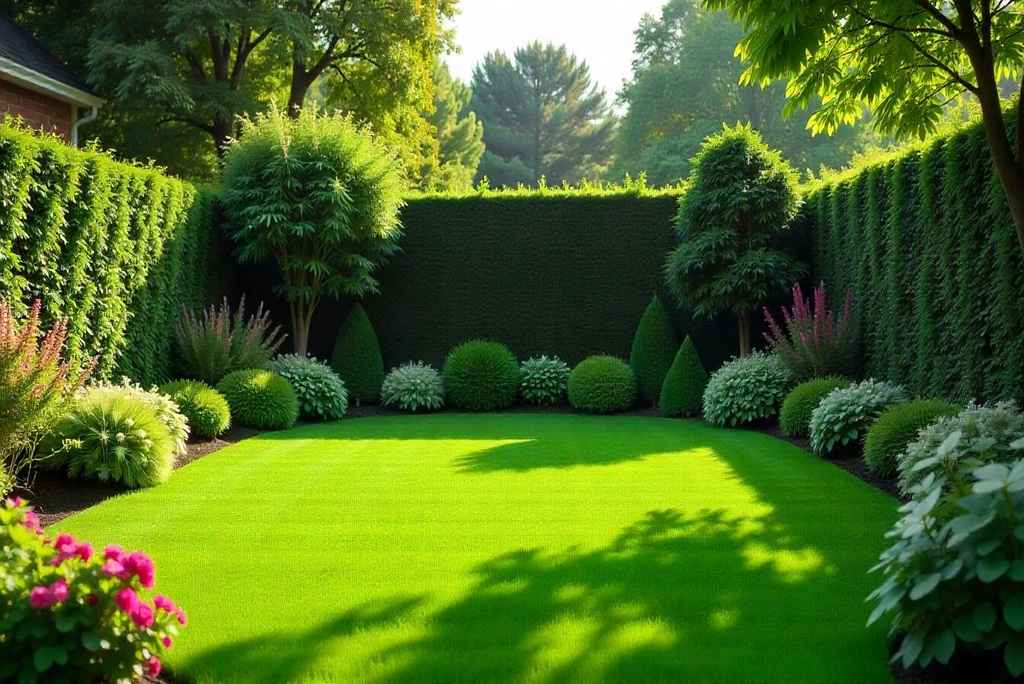
Traditional turf lawns offer minimal value to pollinators. Replacing sections of lawn with flowering plants significantly boosts biodiversity. Even swapping out small strips or corners for native wildflowers can yield enormous benefits. “Bee lawns,” featuring low-growing flowers like white clover, creeping thyme, and self-heal, provide nectar while remaining walkable and low-maintenance.
University of Minnesota Extension has pioneered research on bee lawns as pollinator habitat UMN Extension. Transitioning away from large expanses of lawn not only supports pollinators but can save water and reduce chemical use.
14. Avoid Hybridized Ornamental Plants
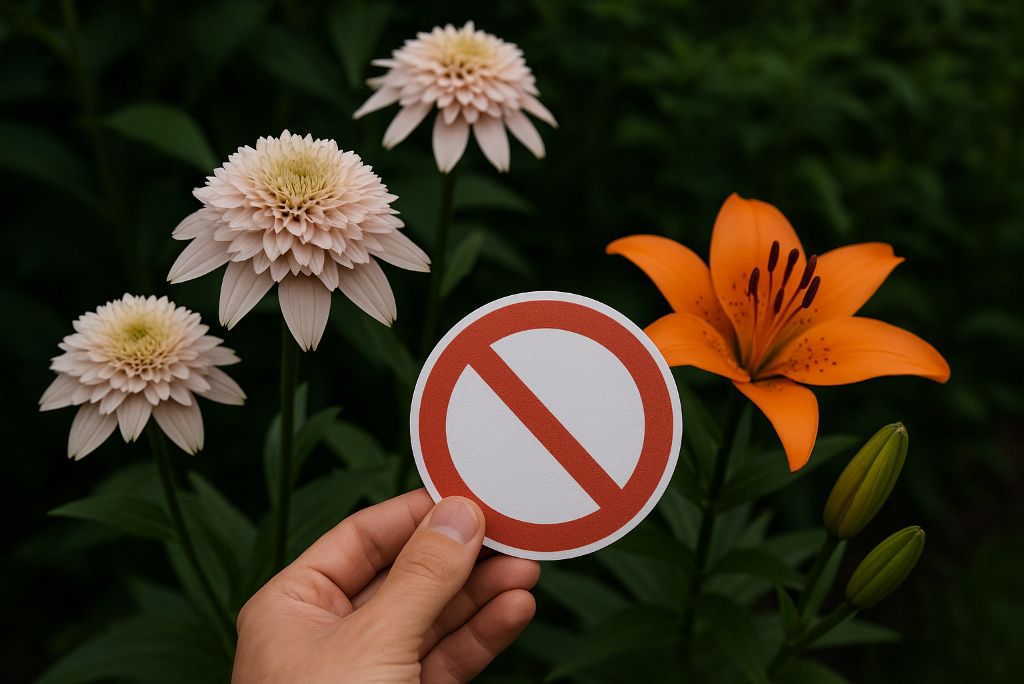
Many highly bred ornamentals have been selected for traits like unusual colors or extra-large flowers, but have sacrificed nectar or pollen production in the process. For example, some hybrid roses produce little scent or nectar, leaving pollinators uninterested. Stick to traditional, species varieties known for their ecological benefits.
The Royal Horticultural Society warns gardeners that many modern hybrids offer little for wildlife RHS. While hybrids can be beautiful, they’re often ornamental only. For a pollinator-friendly garden, choose plants with proven wildlife value over purely decorative traits.
15. Educate Others and Share Plants
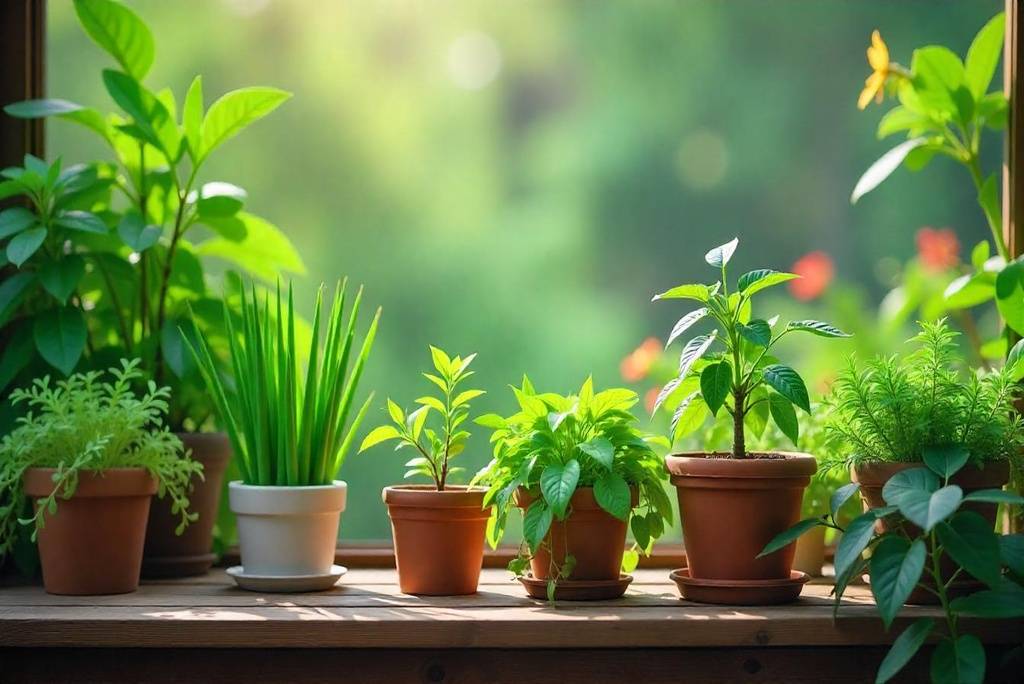
One of the most impactful things gardeners can do is spread the word about creating pollinator habitats. Share seeds, seedlings, or plant divisions with friends and neighbors. Host a pollinator garden tour or community planting day. The more gardens that support bees and butterflies, the better for local ecosystems.
Organizations like the Pollinator Partnership offer resources for community outreach Pollinator Partnership. Gardeners are natural teachers, and by sharing knowledge and plants, you help build corridors of habitat across neighborhoods and cities. Collective action can significantly impact pollinator conservation efforts.
Note: This article provides general gardening information. For specific recommendations, consult local extension services or horticultural experts in your region.

